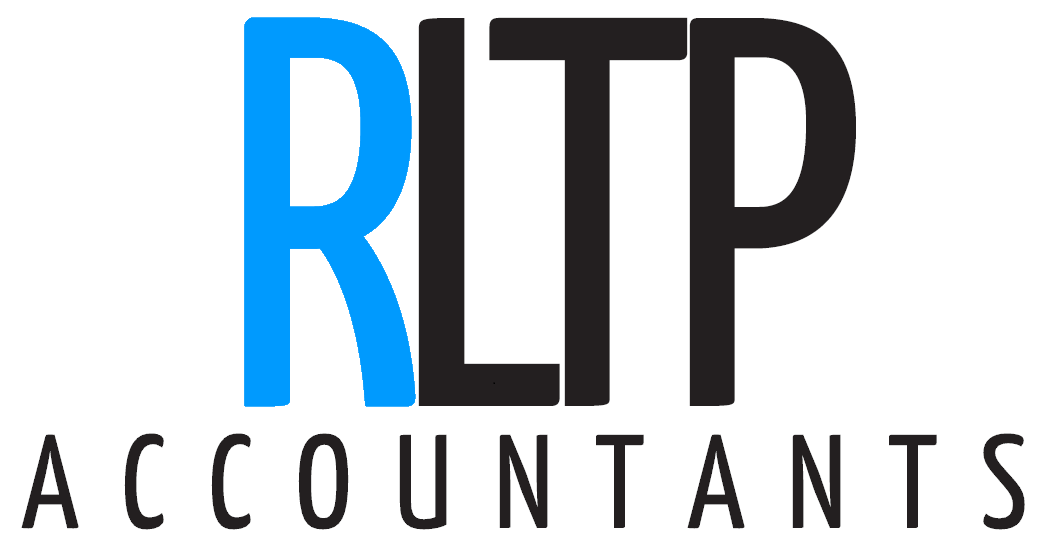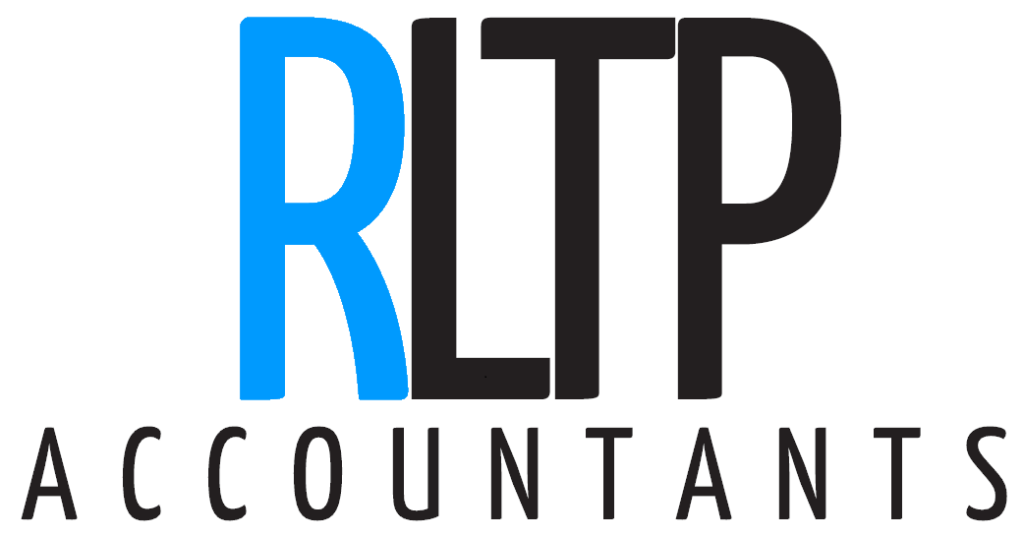Job order costing is a method that accountants use to determine manufacturing costs of a product. It’s usually something that’s undertaken for business owners who are producing a wide range of different items, with each one being different from the other. Job order costing is a way to accurately predict the cost of each individual job. This will usually involve considering the following factors:
- Direct labour costs
- Materials needed
- Manufacturing overheads
- Other overheads, such as utility bills
Why is job order costing important?
As we’ve already discussed, job order costing is something that businesses use in a bid to determine how much a product is going to cost to manufacture. It’s important for any company who is looking to make a profit from the products they’re manufacturing. It can be more difficult for companies to make money when they have extensive overheads and job order costing can help a business to decide whether or not manufacturing something is financially worthwhile. So why else is job order costing important?
It determines predicted profitability
We’ve touched on this point briefly above, but just to reiterate, job order costing helps to determine whether or not a job is financially viable. This is one of the most important elements of owning a business that requires the manufacturing of goods. The work needs to be cost-effective in every sense, whilst still turning a considerable profit. Job order costing will inform a business owner how successful it’s likely to be, financially. If it turns out not to be so beneficial, then any manufacturing work can be put off, at least until it starts to become profitable.
It enables business owners to make informed decisions
It’s never been more important for business owners to know and understand the risk that’s involved when it comes to selling or trading goods, especially when they’re responsible for manufacturing those products in the first place. Job order costing is an accurate way of letting a business owner know whether or not a certain project is worth pursuing based on the level, or likelihood, of profitability overall. If a business knows that they’re struggling financially, they know to postpone or terminate a project, even if it’s until a time where they’re more financially stable.
It allows machine usage to be monitored
As part of working out profitability, job order costing is a sure way of showing companies exactly how much they’re using their assets, such as manufacturing equipment. There are many associated costs with machinery, including the initial cost of the equipment, how much it costs to run it as and when needed and the amount you will need to pay your workers and operators, as they’ll be the ones who can get the job done, ultimately. This helps to calculate the machinery overheads which contributes to how profitable a manufacturing project is likely to be.
What are the elements of cost?
We have taken into account some of the costing elements already, but let’s delve into those factors in a little more detail. The elements of cost include: materials, labour costs, other expenses and a series of overheads. Where the former are self-explanatory, the latter consists of a little more than initially thought.
Materials
This is the cost of the materials needed to make a product. Whether you work in construction, engineering, manufacturing or electricals, you will always need initial materials in order to be able to make the end product. Without your required materials, the product itself cannot come to fruition. Job order costing will take into account the cost of those materials and use that as a way to determine how profitable a project will be. Although a financial outlay, it’s not the biggest expense for a manufacturing business.
Direct labour
Labour costs will be one of your biggest outlays when it comes to running your own business, no matter what it is you do. But if you’re manufacturing goods, then you will need highly-skilled workers to operate the machinery you have. This, together with any training required, could turn out to be one of the most expensive cost elements. This is why it’s taken into account when it comes to job order costing.
Direct expenses
Direct expenses is defined as a cost that can be traced back to one or more departments in particular. This could include anything from design costs to purchasing equipment. Your direct expenses are, often, listed as Cost of Goods Sold (COGS) if you look at your income statement.
Other overheads
This is, basically, anything other than the aforementioned that you spend money on to keep your business running. Your other overheads could include: utility bills, cleaning supplies, fixing machinery, replacing machinery, maintaining the land your property sits on, maintaining the property itself and even taxes, to name a few. The cost of all of the aforementioned, and more, will be added together and included in the job order costing.
RLTP Accountants is a dedicated, highly-qualified accountancy firm with an impressive wealth of knowledge and experience under our belts. We pride ourselves on providing customers throughout Nottingham, Leicester, Derby and the surrounding areas with sterling accountancy services for startup and small businesses alike, no matter the industry you work in. For more information about how we can help you today, get in touch with a member of our professional, expert accounting team – we’re always pleased to hear from you.


